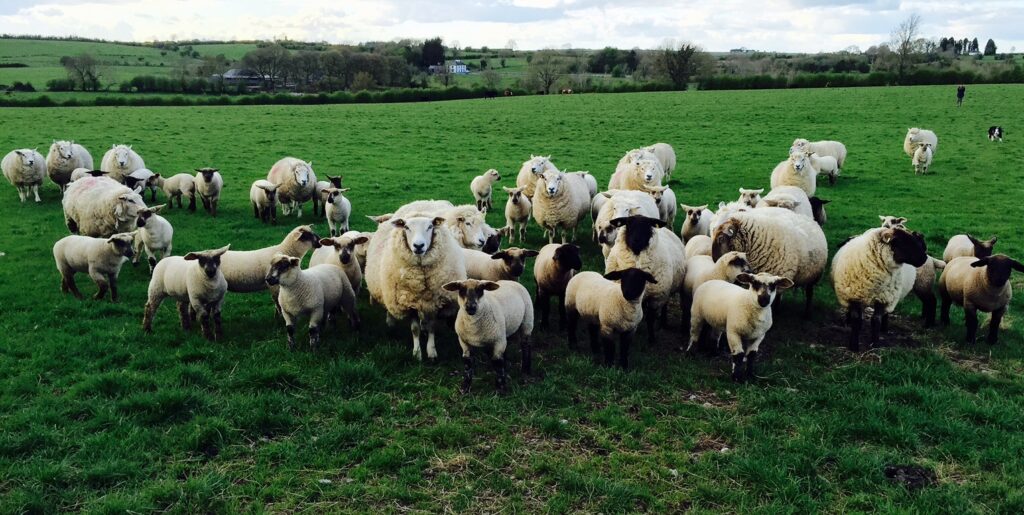 Teagasc has produced two handy guides to measuring dry matter (DM) for cattle and sheep farmers. Ensuring a paddock isn’t under or over grazed is vital as this can have serious implications on it’s re-establishment/regrowth.
Teagasc has produced two handy guides to measuring dry matter (DM) for cattle and sheep farmers. Ensuring a paddock isn’t under or over grazed is vital as this can have serious implications on it’s re-establishment/regrowth.
This time of year, with grass in demand, means a quick turnaround and grass quality needing to be at it’s best for optimum feeding value is critical.
A 0.5m x 0.5m quadrant is placed in an area that is representative of the amount of grass in the paddock. Ensuring that any water present is knocked off grass if wet. The grass within this quadrant is cut back to between 3.5 and 4cm and the cut grass placed in a bag for weighing.
Equation used to calculate the DM yield in the paddock:
Weight of grass (kg) x DM% x 40,000 = kg DM/ha in the paddock
Example: Grass cut within the quadrant weighs 200g (0.200 kg) (Remember to take off the weight of the empty bag) Grass DM% = 16% (0.16) 0.200 kg x 0.16 x 40,000 (there are 40,000 quadrant in a hectare) = 1,280 kg DM/ha. Take the heights across the entire paddock in a `W’ or `X’ pattern to ensure the quantity of grass in the paddock is accurately represented.
Subtract the ideal post grazing height/residual (e.g. 3.5cm – 4cm) from the height of the grass in the paddock.
Multiply the figure you get by 250 (cattle swards) or 300 (sheep swards) as there is between 250-300kg DM/cm depending on the density of the sward. (Sheep swards are denser than cattle swards.)
Example: Paddock height was 8.0cm and 4.0cm is the desired post-grazing residual (8.0cm-4.0cm) x 300 kgDM/cm = 1,200 kg DM/ha. (Values based on post-grazing height of 3.5cm. Subtract 150kg for every 0.5cm post-grazing height increases.)

